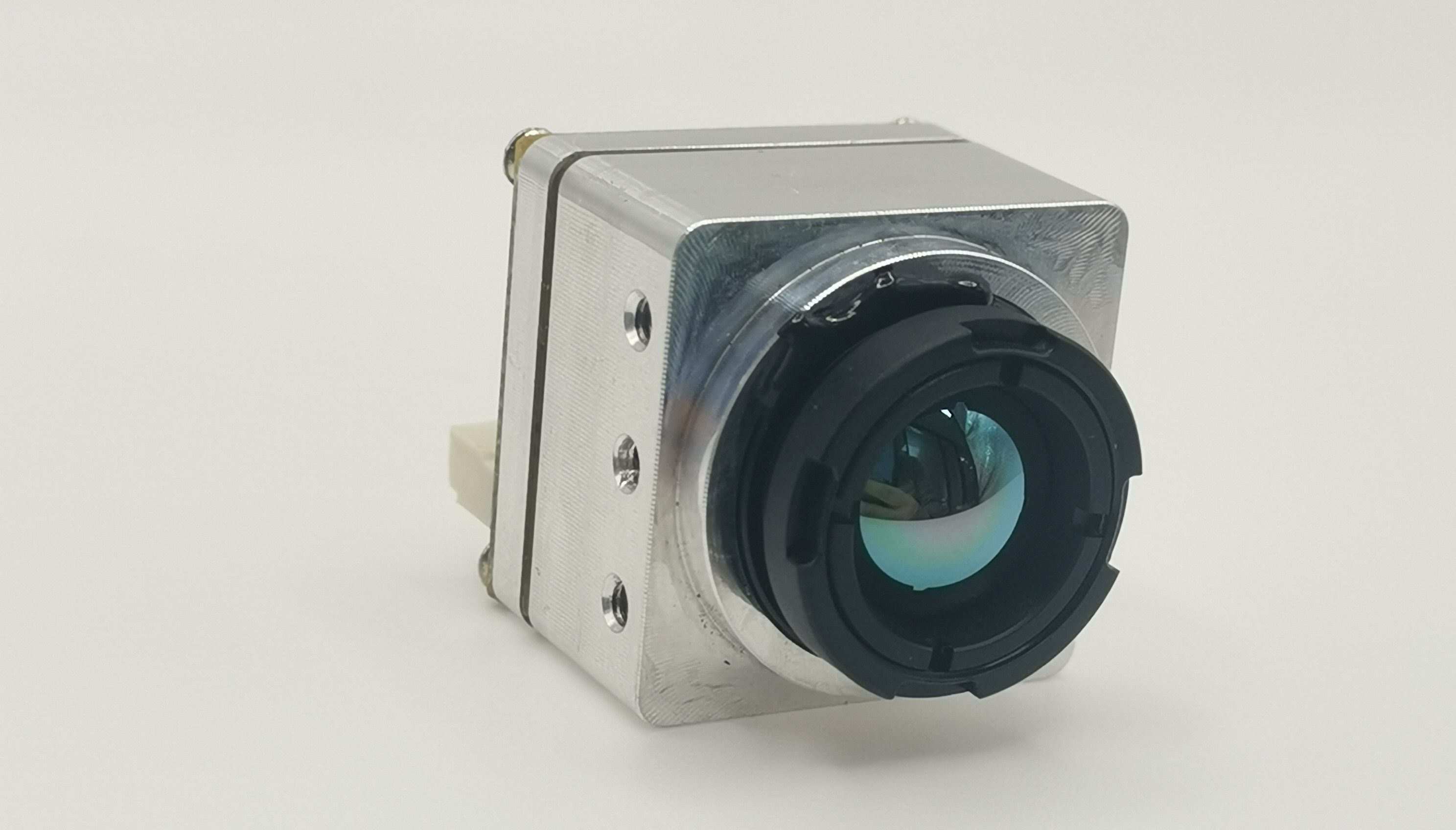How to Maximize Drone Surveillance with Analog FPV Thermal Cameras

Understanding the Basics of Analog FPV Thermal Cameras
An analog FPV thermal camera is a specialized imaging device that utilizes thermal radiation to create images, allowing for the detection of heat signatures. These cameras operate on the principle of capturing infrared radiation emitted by objects and converting it into visible images. The science behind thermal imaging involves the use of sensors to detect and measure the heat emitted by objects, creating a thermogram that represents the temperature variations in the scene. This technology enables users to visualize and interpret heat patterns, making it particularly useful for surveillance and reconnaissance applications.
When it comes to drones, integrating an analog FPV thermal camera can significantly enhance their surveillance capabilities. The ability to equip a drone with a thermal camera allows for enhanced surveillance in low light conditions, as thermal imaging is not reliant on visible light and can detect heat signatures even in complete darkness. This makes drones equipped with thermal cameras invaluable for nighttime operations or monitoring areas with limited visibility.
Moreover, utilizing a drone with a thermal camera provides long-range reconnaissance capabilities, enabling operators to identify and track targets from a distance. The thermal imaging technology allows drones to detect heat emissions from various objects, including humans, animals, or machinery, making them ideal for applications such as search and rescue missions or border patrol operations.
Maximizing Surveillance Capabilities with Your Drone
Now that you understand the significance of integrating an analog FPV thermal camera into your drone for enhanced surveillance, it's crucial to consider the factors that contribute to maximizing its capabilities.
Choosing the Right Analog FPV Thermal Camera
When selecting an analog FPV thermal camera for your drone, there are key features to prioritize. Look for cameras with advanced thermal imaging technology, ensuring high-resolution thermal images and accurate heat signature detection. Additionally, consider the weight and size of the camera to ensure it is compatible with your drone's payload capacity. The ability to adjust settings such as color palettes and temperature scales can also enhance the versatility of the camera for different surveillance scenarios.
Compatibility with your drone is paramount. Ensure that the thermal camera is designed to seamlessly integrate with your specific drone model, allowing for easy installation and optimal performance. Consider factors such as power supply requirements and data transmission compatibility to ensure a seamless integration process.
Strategic Deployment of Drones for Surveillance
Identifying optimal flight paths is essential for effective surveillance missions. Plan routes that provide maximum coverage of the area of interest while minimizing exposure to potential risks or obstacles. Consider environmental factors such as wind patterns and terrain variations when mapping out flight paths to optimize the efficiency of surveillance operations.
Timing and frequency of surveillance missions play a critical role in maximizing the effectiveness of your drone's surveillance capabilities. Conduct thorough reconnaissance to identify peak activity periods or specific times when surveillance efforts are most likely to yield valuable information. Implementing a strategic schedule for surveillance missions ensures comprehensive coverage while conserving resources and battery life.
By carefully considering these aspects, you can effectively maximize the surveillance capabilities of your drone equipped with an analog FPV thermal camera, enhancing its utility in various operational scenarios.
Practical Tips for Effective Surveillance
Now that you have equipped your drone with an analog FPV thermal camera, it's essential to understand how to effectively interpret and utilize the thermal images for surveillance purposes.
Interpreting Thermal Images Accurately
When working with thermal images captured by your drone with a thermal camera, it's crucial to have a clear understanding of heat signatures. Heat signatures are the patterns of heat emitted by objects or individuals, represented in varying colors on the thermal image. Familiarize yourself with the typical heat signatures of common objects and living beings to accurately identify and differentiate them in the captured images.
Differentiating between objects and anomalies is another critical aspect of interpreting thermal images. Anomalies may appear as irregular heat patterns that deviate from the expected signatures. Understanding the potential causes of anomalies, such as environmental factors or technical artifacts, allows you to distinguish genuine targets from false positives, ensuring the accuracy of your surveillance observations.
Documenting and Analyzing Surveillance Data
Effective data storage solutions are essential for managing the extensive amount of surveillance data generated by your drone with a thermal camera. Utilize reliable storage devices or cloud-based platforms to securely store and organize thermal images and associated metadata. Implement proper labeling and categorization protocols to streamline data retrieval and analysis processes.
Tools for analysis and reporting play a pivotal role in deriving actionable insights from surveillance data. Leverage specialized software applications designed for analyzing thermal imagery, enabling you to identify trends, anomalies, and recurring patterns within the captured data. Additionally, utilize reporting tools to create comprehensive reports summarizing key findings and observations from your surveillance missions.
By implementing these practical tips for interpreting thermal images accurately and effectively documenting surveillance data, you can enhance the overall efficiency and impact of your drone's surveillance capabilities.
Conclusion
The Future of Surveillance with Analog FPV Thermal Cameras
As technology continues to advance, the future of surveillance with analog FPV thermal cameras holds promising developments and trends. Ongoing research and innovation in thermal imaging technology are paving the way for enhanced capabilities, including higher resolution imaging and improved sensitivity to heat signatures. These advancements will further expand the applications of analog FPV thermal cameras in drone-based surveillance, enabling more precise detection and analysis of thermal data.
Moreover, the integration of artificial intelligence (AI) algorithms into thermal imaging systems is poised to revolutionize surveillance practices. AI-powered analytics can automate the process of identifying and tracking heat signatures, providing real-time insights and alerts during surveillance missions. This integration will streamline the interpretation of thermal images captured by drones, empowering operators with actionable intelligence for decision-making.
Final Thoughts on Maximizing Your Drone's Surveillance Capabilities
In conclusion, maximizing your drone's surveillance capabilities with an analog FPV thermal camera requires a strategic approach encompassing technological considerations and operational methodologies. By selecting a high-quality thermal camera tailored to your drone's specifications and implementing effective deployment strategies, you can harness the full potential of thermal imaging for comprehensive surveillance.
The utilization of practical tips for interpreting thermal images accurately and documenting surveillance data ensures that your drone operates at peak efficiency, contributing to successful surveillance missions across various domains. As technological advancements continue to shape the landscape of aerial reconnaissance, integrating analog FPV thermal cameras into drones will play a pivotal role in enhancing security measures and situational awareness.
By staying informed about emerging trends in thermal imaging technology and consistently optimizing your drone's surveillance capabilities, you can remain at the forefront of leveraging cutting-edge tools for effective monitoring and reconnaissance operations.
See Also
Revolutionizing Drone Tech and Surveillance with Analog FPV Thermal Camera
Contact Us: Ms. Coco Huang
E-mail: sales@iasun.cn
WhatsApp/Wechat: +86 13510421923

